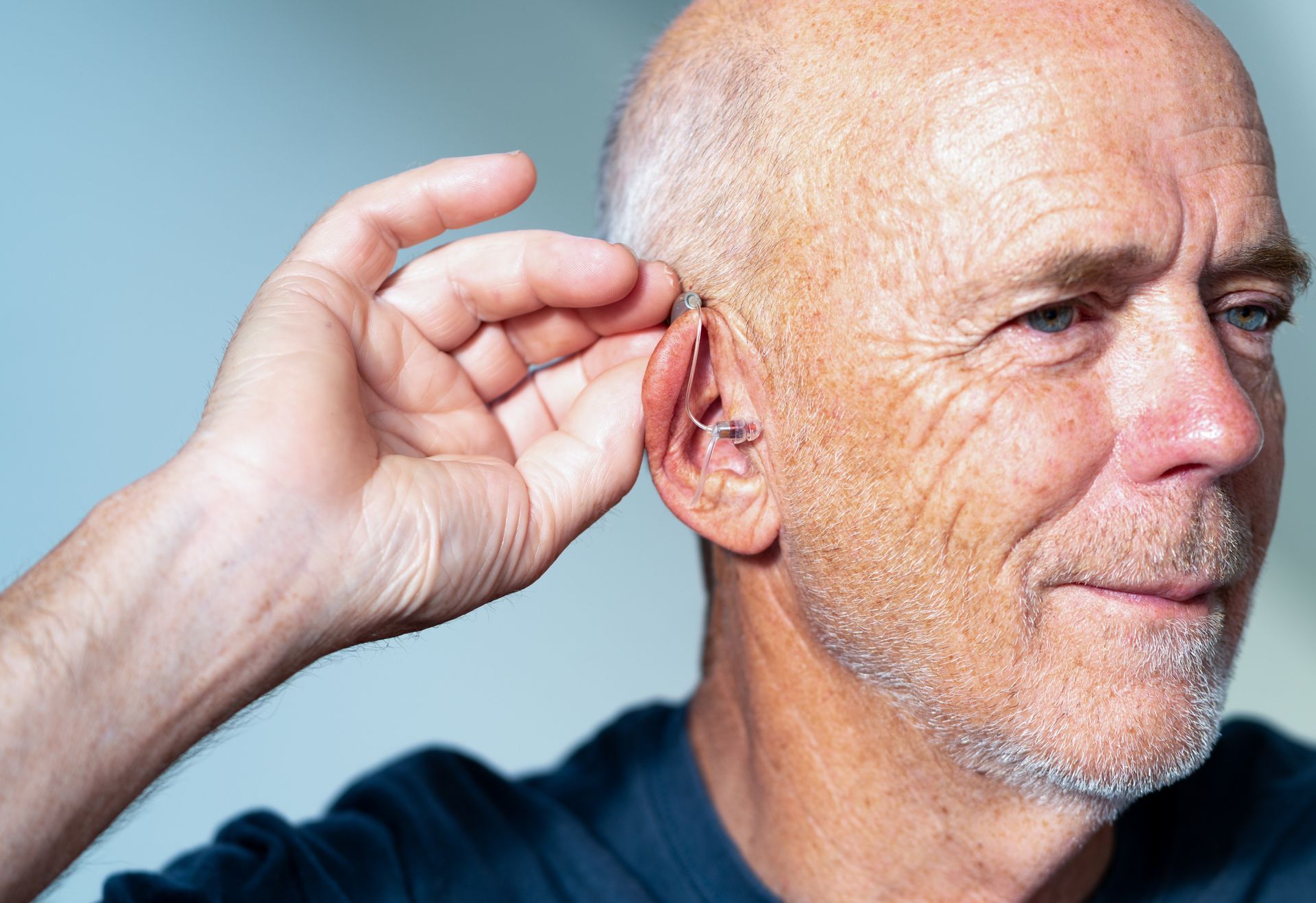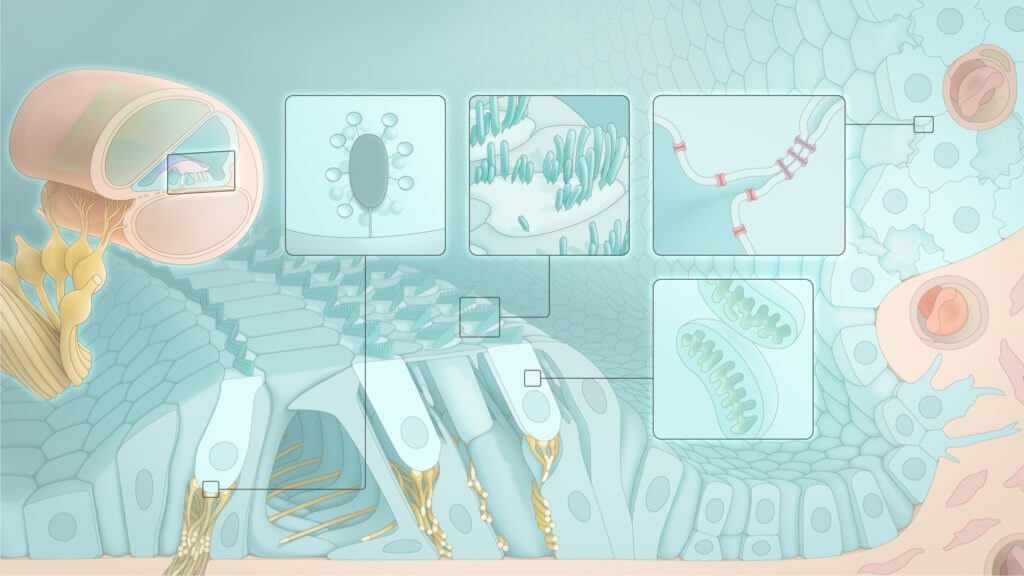Are There Apps for Tinnitus Management
Tinnitus is the perception of a noise, such as ringing or buzzing that is not actually present. Roughly 10% of Americans have experienced tinnitus lasting at least five minutes in the past year.
While there’s currently no cure, there are several ways to manage the symptoms, including the use of smartphone applications designed to provide relief. In the past, cognitive behavioral therapy has also been shown to help improve tinnitus symptoms in chatbot-based apps. This raises the question of what other apps could exist to help manage tinnitus symptoms.
Apps to the Rescue
Smartphone apps have become a popular tool for managing tinnitus symptoms. These apps serve a variety of functions:
- Sound masking: Apps like myNoise and Naturespace use various types of background noise to cover up the sounds of tinnitus. These apps provide nature sounds or a variety of experimental sounds to provide temporary relief, allowing for easier sleep or concentration.
- Relaxation and meditation: Stress can worsen tinnitus, so some apps include guided meditations, breathing exercises or bedtime stories to help users relax. Some examples include Insight Timer, Breathwrk, Prana Breath and Waking Up.
- Education and personalized therapy: Apps like MindEar offer a combination of sound therapy and cognitive-behavioral therapy (CBT). Designed by audiologists and psychologists, these apps use scientifically validated methods to help users learn how to manage their perception of tinnitus.
- Improving hearing: AudioCardio functions like physical therapy for hearing; improving hearing can have a positive effect on tinnitus symptoms.
Apps aren’t the only beneficial option for managing tinnitus symptoms. Hearing aids are not only beneficial for those with hearing loss but can also be a crucial tool in managing tinnitus. Many modern hearing aids come with tinnitus masking features that play a sound specifically designed to cover up the internal tinnitus sound. When paired with smartphone apps, they provide a dual approach to managing symptoms. The apps can direct the therapeutic sounds straight into the hearing aids, offering relief and improved hearing simultaneously.
For those suffering from both tinnitus and hearing loss, modern hearing aids integrated with these apps can offer a more comprehensive solution. By embracing these technological advancements, individuals with tinnitus can find a measure of relief and a sense of control over their symptoms, paving the way to a more peaceful and focused daily life.
To learn more about how to manage your tinnitus or to examine your hearing loss, contact Center For Hearing to schedule an appointment today.
- Understanding Infant Hearing Loss
- The Relationship Between Exercise and Hearing Loss
- Muffled Hearing: Common Causes and Solutions



